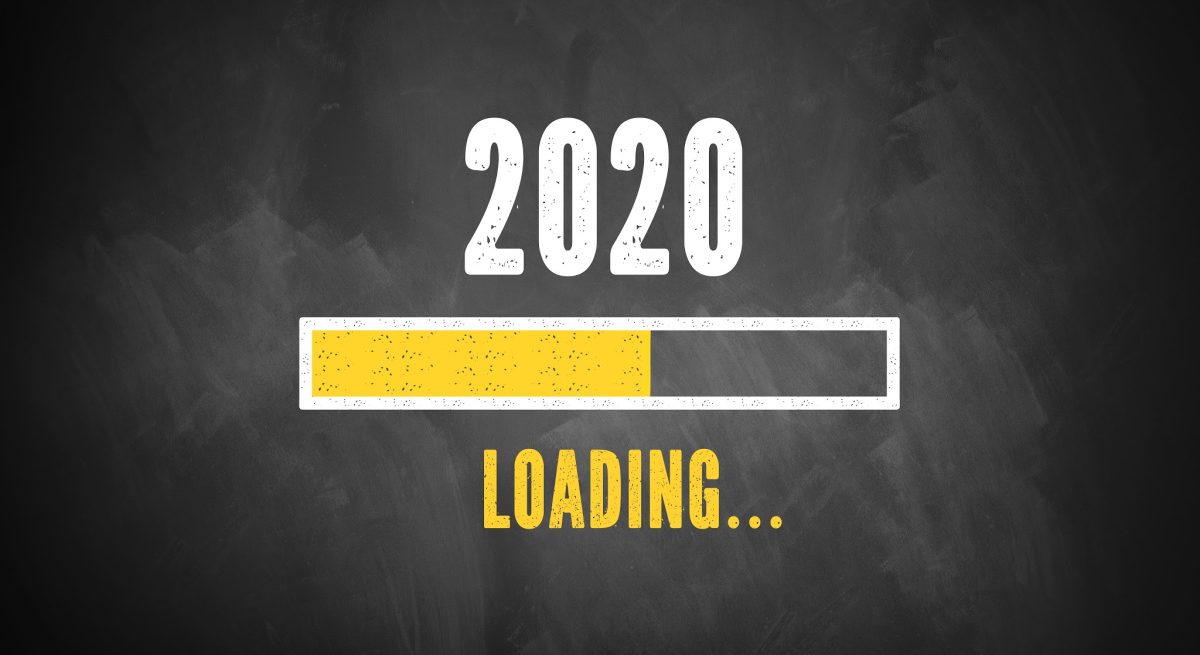MRM Research Roundup: Mid-Year 2020 Edition
20 Min Read By MRM Staff
This edition of Modern Restaurant Management (MRM) magazine's Research Roundup features the rise of eCommerce, economic impact, dining during COVID and hot dog insights. Yelp's Economic Impact ReportYelp released an Economic Impact Report outlining economic shifts as restaurants start to reopen for dine-in service and people respond to Black Lives Matter protests across the country. The report covers an update on business closures (53 percent of restaurant closures are indicated as permanent on Yelp), the increased interest in supporting black-owned businesses (review content for Black-owned restaurants are up 9X) and how consumer interest is starting to shift back to dining out (diners seated are now down 57 percent compared to pre-pandemic levels).
Key findings for the restaurant industry include:
Restaurant Closures Data
As of June 15, there were nearly 140,000 total business closures on Yelp since March 1. Of all business closures on Yelp, 41 percent are permanent…
Sorry, You've Reached Your Article Limit.
Register for free with our site to get unlimited articles.
Already registered? Sign in!

